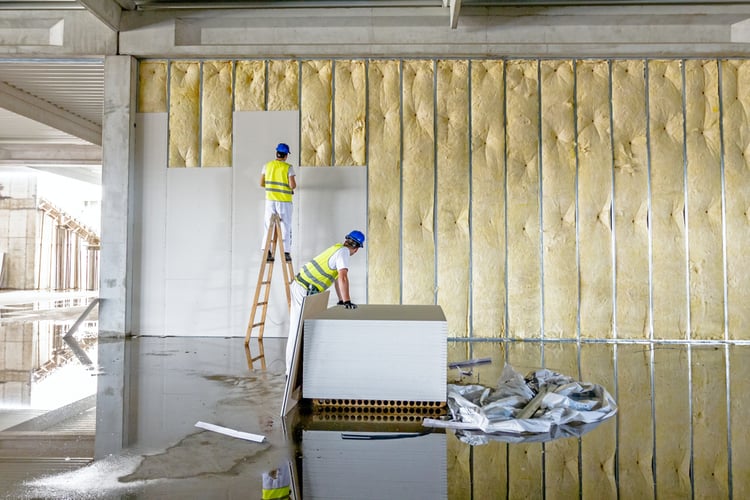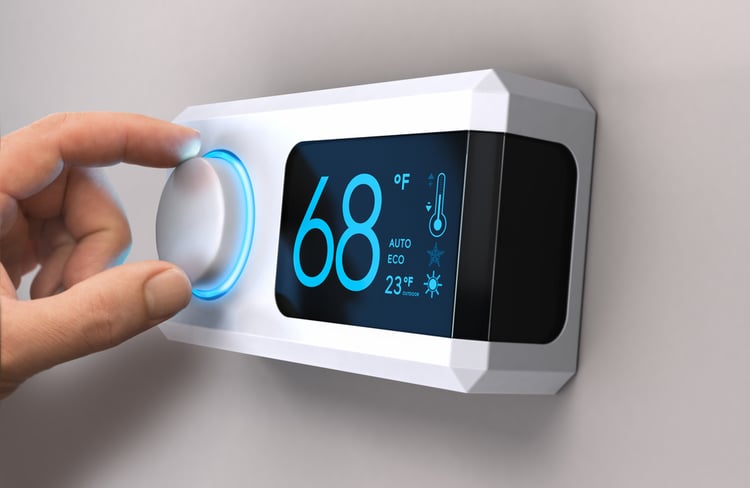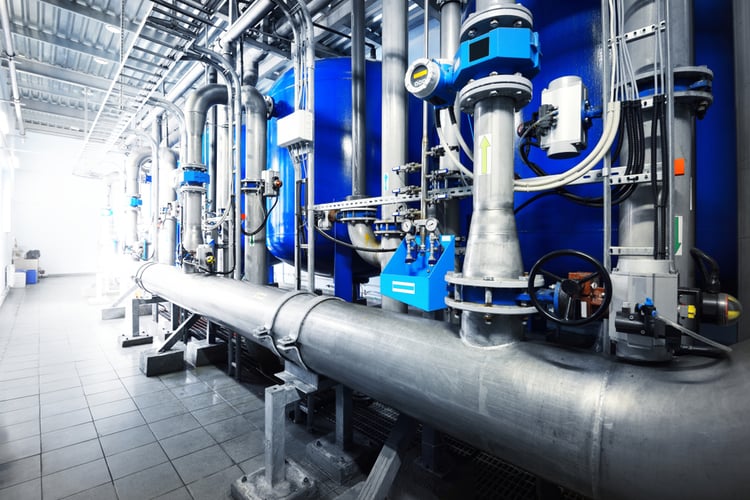Are You a Building Owner? How to Cut Carbon Emissions During Winter

You cause either combustion or electricity to heat a building, and each option has pros and cons. Combustion heating is a cost-effective option for many buildings, but this means you must burn fossil fuels directly and release emissions. On the other hand, electric heating systems have the potential to operate with clean power. However, electric resistance heaters are expensive to operate due to their high wattage, while electric heat pumps have lower running costs but higher upfront costs.
A reliable space heating system is critical during winter, especially in places that reach very low temperatures. However, heating systems have a major carbon footprint when they don’t operate efficiently. Boilers and furnaces will consume more fuel when a building cannot hold the heat inside effectively. Fuel consumption also tends to increase with older units, especially if their maintenance has been deficient. Electric heating systems can also produce high emissions indirectly, if they get power from a grid that depends on fossil fuel generation.
Reduce your energy bills and emissions with a deep building retrofit.
Here we will discuss some strategies to reduce the environmental impact of your space heating system. This is especially important if you own a building in New York City that is subject to Local Law 97 of 2019, since hefty penalties will apply starting from 2024. For every metric ton of CO2 equivalent above your building’s annual limit, you will be charged $268.
1)Adequate Insulation and Air Sealing Can Reduce Heating Emissions

Having an efficient building envelope is great, since you save energy all year long. Heat is kept inside more effectively during winter when you need it, while outside heat is blocked during summer when you don’t. This means an efficient building envelope not only reduces your space heating costs, but also your air conditioning costs.
There are two important requirements for an efficient building envelope: adequate insulation and air sealing. This reduces heat flow through your walls, windows, roof and floor slabs. For example, if a building envelope upgrade reduces your heat loss by 100,000 BTU/hour, that amount is subtracted from the workload of your space heating system. To visualize how this would affect your emissions, let’s use a quick and simplified example:
- Assume you have a gas-fired heating system that is 80% efficient. To deliver those 100,000 BTU/hour, it needs an input of 125,000 BTU/hour.
- In the case of natural gas, Local Law 97 of 2019 applies an emissions factor of 0.00005311 tCO2-eq per kBTU. When saving 125 kBTU/hour, you’re also saving 6.64 kg of CO2 per hour.
- If this heating system runs 4,000 hours per year, the building envelope upgrade is saving you 26.56 metric tons of carbon emissions.
For an accurate calculation of your energy savings and avoided emissions with a building envelope upgrade, you need a professional energy modeling service. However, all the BTUs saved by insulation and air-tightness are subtracted from your heating bills, and this also cuts your annual emissions.
2)Reducing Heating Emissions with Smart Thermostat Settings

You can also reduce your space heating emissions by simply setting back your thermostat. There is a very useful rule of thumb from the US Department of Energy: by setting back your thermostat 7°F to 10°F during 8 hours per day, you can save up to 10% in air conditioning and space heating.
Since building emissions depend on energy consumption, you can also reduce them by setting back your thermostat. If the gas consumption of your space heating system is cut by 10%, the associated emissions will also drop by 10%. Just keep in mind that the meaning of “setting back your thermostat” changes depending on the season.
- You save energy by decreasing the temperature setting during winter, and increasing it during summer.
- Otherwise, you will achieve the opposite effect: a higher energy consumption, more emissions, and possible overcooling and overheating.
3)Reducing Building Emissions with an HVAC Upgrade

Generally, HVAC systems account for the largest share of energy consumption in residential and commercial buildings. By carrying out a deep energy retrofit that involves an HVAC upgrade, you may be able to slash your consumption and emissions by over 50%. However, a building retrofit is a complex project that requires careful planning and major investment, which means that professional MEP engineering services are critical.
If you’re considering a building retrofit, NY Engineers can help you qualify for incentive programs from your utility company or local government. We can also help you access low-interest loans, reducing your out-of-pocket cost to zero.

Michael Tobias
Michael Tobias, the Founding Principal of NY Engineers, currently leads a team of 150+ MEP/FP engineers and has led over 4,000 projects in the US
Join 15,000+ Fellow Architects and Contractors
Get expert engineering tips straight to your inbox. Subscribe to the NY Engineers Blog below.

